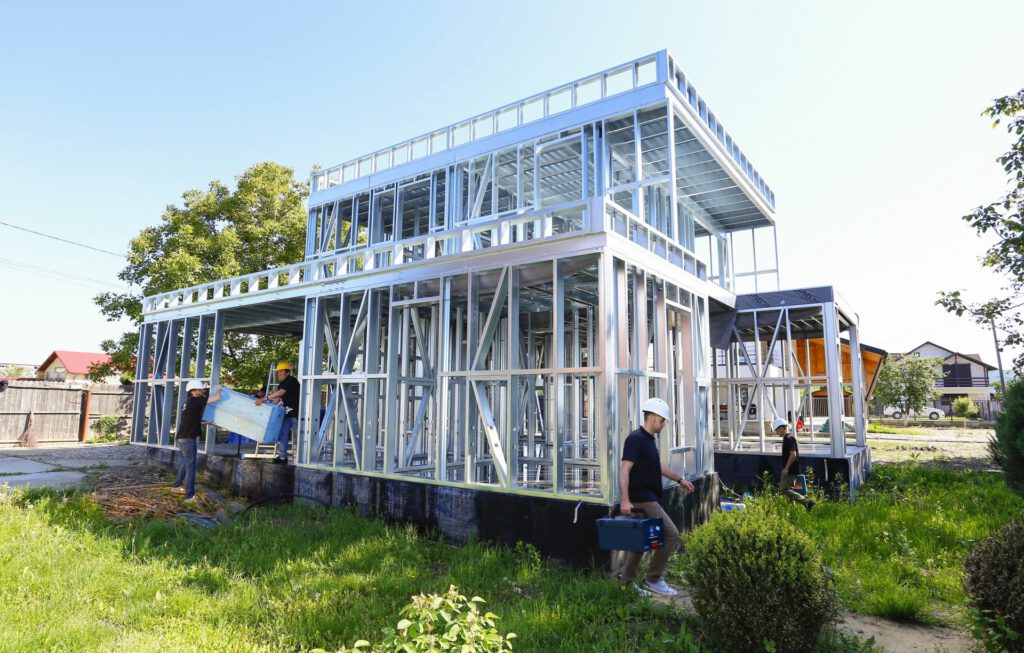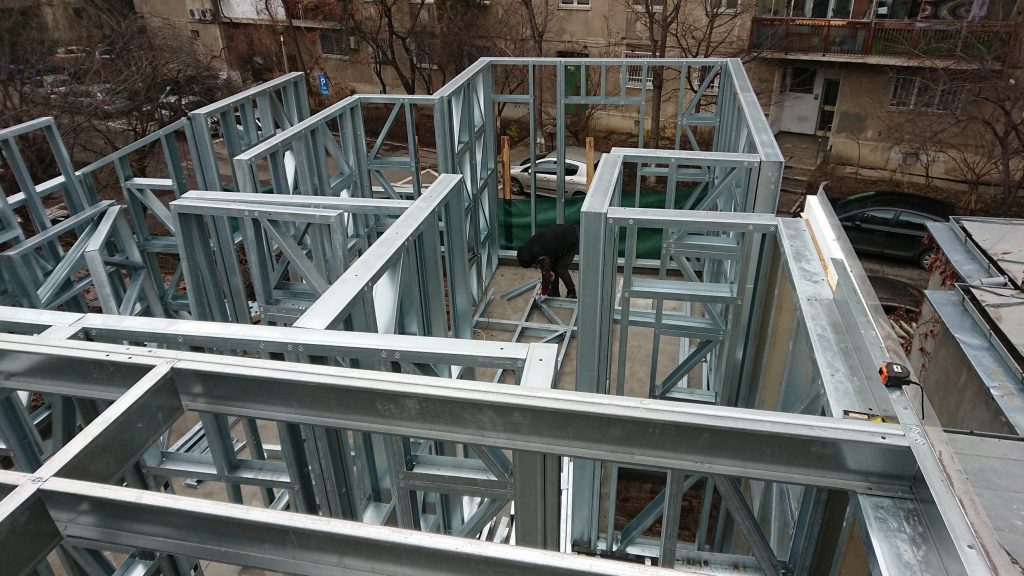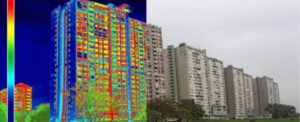When it comes to constructing a house or building, one of the most important considerations is long-term durability. The structure of the building plays a crucial role in ensuring its longevity and safety. In this article, we will explore the differences between Light Steel Frame (LSF) structure and traditional wood or concrete structure, demonstrating why LSF structure can be a more suitable choice when seeking long-term durability.
LSF Structure
LSF structure is a modern construction technique that uses high-quality steel frames to create a load-bearing framework for buildings. These frames are manufactured in factories and then assembled on-site, significantly reducing construction time and minimizing material waste. LSF structure is known for its strength, durability, and ability to withstand extreme weather conditions and other environmental factors.
LSF Structure: Advantages for Long-Term Durability
LSF structure offers numerous advantages that make it an excellent choice for those seeking long-term durability:
- Corrosion Resistance: The steel frames used in LSF structure are treated to resist corrosion, making them suitable for humid or saline environments.
- Insect and Decay Resistance: LSF structure is not vulnerable to pests such as termites or rot, ensuring a longer lifespan.
- Material Durability: The materials used in LSF structure are durable and can withstand wear and tear over decades.
- Earthquake Resistance: LSF structure can be designed to withstand seismic forces, providing safety in earthquake situations.
- Efficient Thermal Insulation: Efficient insulation and sealing of LSF structure can contribute to energy efficiency and significant long-term savings.

Traditional Structure: Strengths and Vulnerabilities
In traditional construction, wood or concrete has been the primary building materials used throughout history to form the structural framework of buildings. These materials, with a long-standing tradition in construction, have demonstrated notable strengths as well as specific vulnerabilities that need to be considered.
Strengths of Traditional Structure:
- Fire Resistance: Treated wood and concrete have good fire resistance, which can be an advantage in emergency situations.
- Thermal Insulation: Some types of traditional structure can provide good thermal insulation, leading to energy efficiency.
Vulnerabilities of Traditional Structure:
- Moisture Sensitivity: Wood can be affected by moisture and may develop mold or decay over time.
- Energy Loss: In many cases, traditional structure may suffer significant energy losses due to thermal bridging.
- Limited Lifespan: Wood and concrete may require periodic maintenance and can have a limited lifespan compared to LSF structure.
LSF structure is an excellent choice for those seeking long-term durability in their construction. It offers several advantages that make it preferable to traditional wood or concrete structures. With proper maintenance and management, an LSF structure building can successfully withstand the passage of years and provide a safe and durable environment for its occupants.









